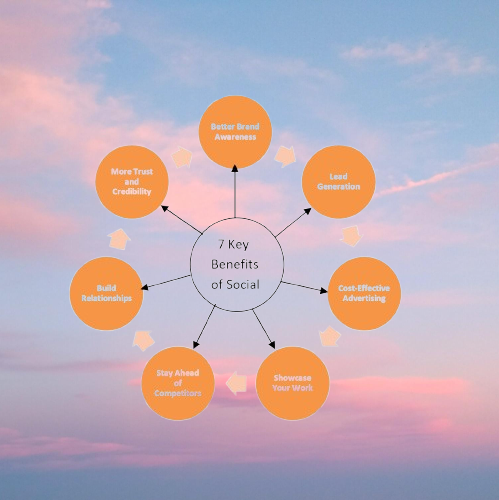Village Life in India: A Peaceful World of Simplicity and Hard Work

🌾 How People Live and Earn in Villages
Most villagers depend on agriculture. They grow crops like wheat, rice, sugarcane, and pulses . Farming is their main job. Some also rear animals like cows, buffaloes, goats, and chickens. This is called animal husbandry.
Many families work together in fields. They wake up early and go to farms. Men plough the land. Women help with sowing and harvesting. Children sometimes help too.
Some villagers earn by doing handicrafts. They make pottery, weave cloth, or do carpentry. These skills are passed down from parents to children. Others run small shops or sell vegetables in local markets.
🌿 Nature and Environment in Villages
Villages are surrounded by green fields, trees, and open skies . The air is fresh. Birds sing in the morning. Rivers and ponds are nearby. People bathe, wash clothes, and even fish in them.
Nature plays a big role in village life. Farmers depend on rain for their crops. Seasons decide their work. Festivals like Pongal and Baisakhi are linked to harvest time .
👨👩👧👦 Are People Helpful?
Yes, most villagers are very helpful and kind. They live like one big family. If someone is sick, neighbors come to help. During weddings or festivals, everyone joins in.
People share food, tools, and even money in times of need. Conflicts are solved by talking. Elders guide the young. Respect for others is a strong value.
🎉 Culture and Traditions
Village culture is rich and colorful. People celebrate festivals like Diwali, Holi, Eid, and Navratri with joy. They wear traditional clothes and cook special meals.
Music and dance are part of life. Folk songs and instruments like dhol and flute are common. Villagers follow customs passed down for generations. Religion plays a big role. Temples, mosques, and gurudwaras are places of worship and gathering.
🏫 Institutions and Education
Many villages now have primary schools. Children learn basic subjects. Some villages have high schools too. But many students still travel to nearby towns for better education.
Teachers are respected. Some schools lack proper buildings or books. Government is working to improve this. NGOs also help by giving free books and uniforms.
🛣️ Roads and Drainage
Roads in villages are improving. Earlier, they were made of mud. Now, many have cement or tar roads. This helps in travel and transport.
Drainage is still a problem in some places. Water collects during rains. This causes mosquitoes and diseases. Villagers clean drains themselves. Some places have proper sewage systems now.
🚜 Agriculture and Farming
Farming is the backbone of village life. People grow crops based on the season. They use tractors, ploughs, and water pumps. Some still use bullocks.
Fertilizers and pesticides are used. But organic farming is growing. Farmers sell their produce in local markets or mandis. Government gives support through schemes and subsidies.
🏠 How Homes Are Made
Village homes are simple. Many are made of mud, clay, bricks, and cow dung . Roofs are made of tiles or straw. Some houses have cement walls and tin roofs.
People build homes with help from neighbors. They use local materials. Homes have courtyards, where families sit and cook. Some have hand pumps for water. Electricity is available in most villages now.

🧺 Daily Life in a Village
Life starts early. Women sweep the house and cook. Men go to fields. Children go to school. Afternoons are quiet. People rest or do small jobs.
Evenings are lively. People gather to talk. Children play. Women do embroidery or weaving. Dinner is simple—roti, vegetables, and milk.
🛠️ Challenges and Improvements
Villages face problems like poor healthcare, lack of jobs, and low income. But things are changing. Roads, schools, and hospitals are being built. Mobile phones and internet are reaching villages.
Young people are learning new skills. Some start small businesses. Government and private groups are helping with training and loans.


